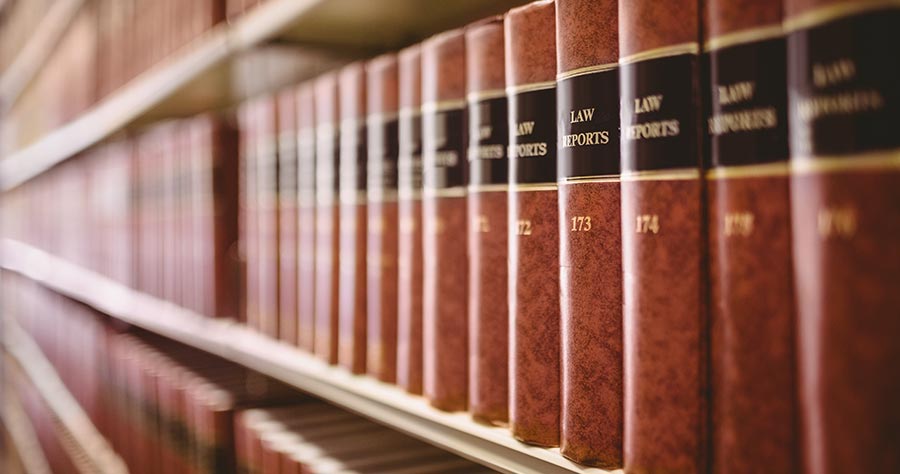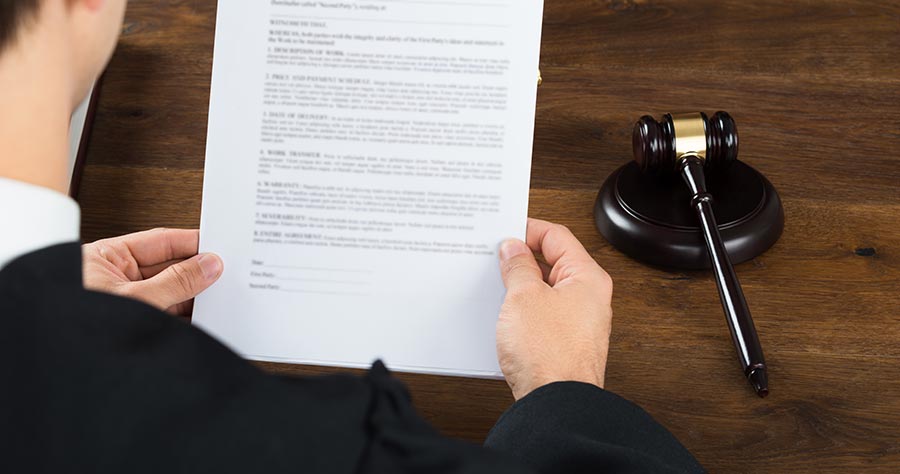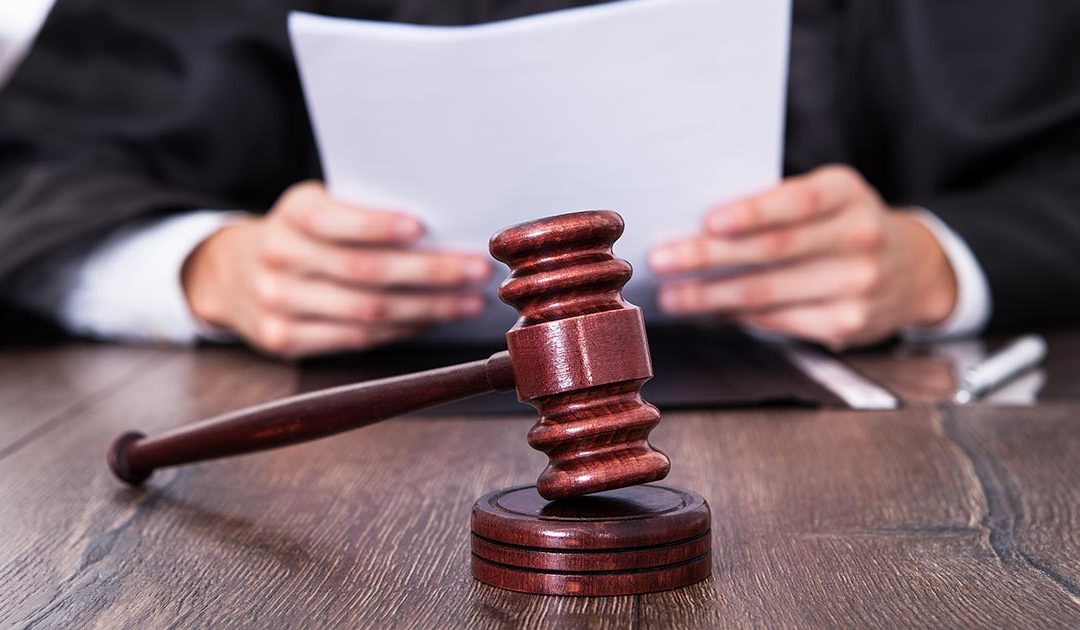Last Updated: 10.15.2020
ENLawyers has handled numerous Maryland Protective Orders and Peace Orders. We have represented both parties. Those applying for Protective or Peace Orders, and those who have been filed against. These Protective Order and Peace Order hearings are often very emotional and highly contested. Thus it is very advantageous to retain a Maryland Lawyer.
Below is an outline of the Protective Order and Peace Order process. However, if you need help, please do not hesitate to contact our office. This process is much less difficult with a Maryland lawyer.
If you are currently under threat, please jump to our legal disclaimer first.
What is a Protective Order or Peace Order?
These orders are a unique animal that functions differently than other types of cases. These are civil orders issued by a Judge that order one person to refrain from committing certain acts against others.
The relationship between the Respondent (person alleged to have committed the prohibited act) and the Petitioner (person seeking protection) determines the Petition to be filed. You cannot qualify for both.
What is a Maryland Protective Order?
Protective Orders generally are orders that apply to people in domestic relationships or blood relatives.
What is a Maryland Peace Order?
Peace Orders apply to other persons. Those that are not in domestic relationships or blood relatives.
What are the Legal Differences Between a Peace Order and a Protective Order?
Maryland Peace Orders and the law governing them are found in Md. Code, Cts. & Jud. Proc. Sec. 3-1501, et. seq.

The specific underlying acts are as follows:
(a) Underlying acts. —
(1) A petitioner may seek relief under this subtitle by filing with the court, or with a commissioner under the circumstances specified in § 3-1503.1(a) of this subtitle, a petition that alleges the commission of any of the following acts against the petitioner by the respondent, if the act occurred within 30 days before the filing of the petition:
- An act that causes serious bodily harm;
- An act that places the petitioner in fear of imminent serious bodily harm;
- Assault in any degree;
- Rape or a sexual offense under §§ 3-303 through 3-308 of the Criminal Law Article or attempted rape or sexual offense in any degree;
- False imprisonment;
- Harassment under § 3-803 of the Criminal Law Article;
- Stalking under § 3-802 of the Criminal Law Article;
- Trespass under Title 6, Subtitle 4 of the Criminal Law Article;
- Malicious destruction of property under § 6-301 of the Criminal Law Article;
- Misuse of telephone facilities and equipment under § 3-804 of the Criminal Law Article;
- Misuse of electronic communication or interactive computer service under § 3-805 of the Criminal Law Article;
- Revenge porn under § 3-809 of the Criminal Law Article; or
- Visual surveillance under § 3-901, § 3-902, or § 3-903 of the Criminal Law Article.
See Md. Code Cts. & Jud. Proc 3-1503
Maryland Protective Orders are found under Md. Fam. Law Code Sec. 4-501, et. seq. Maryland peace orders are for neighbors, acquaintances, and persons who do not have an intimate relationship.

Protective Orders are only for:
- Current or former spouses
- Cohabitants
- Persons related by blood, marriage, or adoption, parents children or stepchildren who have lived together for 90 days during the last 1 year
- A vulnerable adult
- A person with a child in common
- Or a person with a sexual relationship within the last 1 year
See. Md. Fam. Law Code Sec. 4-501(m).
They may only be obtained if the Petitioner is the subject of abuse as defined by the Family law code. It is a fairly narrow definition compared to a peace order and consists of only the following behavior:
- Any act that causes serious bodily harm
- Fear of imminent serious bodily harm
- Assault
- Rape or attempted rape or sexual offense
- False imprisonment
- Stalking
See Md. Fam. Law Code. Sec. 4-501(b).
That narrow definition would exclude harassment and telephone/computer misuse unless there is some violent component to it. Persons who are eligible for a Protective order are not eligible for a peace order, per Md. Code Cts. and Jud. Proc. Sec. 3-1502.
How do I apply for a Protective Order or Peace Order in Maryland?
Step 1: Complete the correct petition
The petitions (forms) for protective orders can be obtained from any circuit or District Court clerk or District Court commissioner. Petitions for peace orders in Maryland must be obtained from a District Court clerk or commissioner. All forms are available at www.mdcourts.gov/courtforms.
Step 2: File the petition
During normal business hours, file the petition with a circuit or District Court clerk (District Court for peace orders). Once the petition is filed, you will be directed into a courtroom as soon as a judge is available to hear your case.
What Happens After I Apply for a Protective Order or Peace Order in Maryland
Step 1: Appear for a temporary hearing
When you appear before a judge, you will be required to answer questions under oath.
If the judge finds reasonable grounds to believe that the Respondent committed the acts alleged in the petition, (and in the case of a peace order, is likely to do so again) a temporary order is granted. The order goes into effect once a law enforcement officer serves the Respondent. It generally lasts for seven days unless extended by a judge.
Step 2: Appear for a final hearing
A final hearing is usually scheduled within seven days after the order is served. At the hearing, both parties may present evidence.
However, if the Respondent does not attend, the judge may still grant a final order. If at the trial the judge finds clear and convincing evidence that the Respondent committed the alleged act against the Petitioner, as defined under the law, (and in the case of a peace order, is likely to do so again). Instead of a trial, the Respondent may consent to the entry of a final order.
What Happens if the Maryland Protective or Peace Order is Granted
A Final Protective Order:
- may be in effect for as long as one (1) year, and the court for good cause may extend the term of the Final Protective Order for an additional six (6) months after a further hearing; or
- may be extended for a period not to exceed two (2) years, if a judge finds the Respondent has committed a subsequent act of abuse against the Petitioner or a protected person; or
- may last for as long as two (2) years, if there is a finding that this is a subsequent act of abuse committed within one (1) year after the date that a prior Final Protective Order issued against the same Respondent on behalf of the same person eligible for relief expires, and the prior Final Protective Order was issued for a period of at least six (6) months. A peace order may last up to six (6) months and can be extended for an additional six (6) months for good cause, after notice to parties and hearing.
What Should I Do?
In these hearings, you are not required to have an attorney, but you SHOULD. The Maryland Rules of Evidence apply, and the Judge that may decide your case requires that these rules be followed.
A Maryland Lawyer from ENLawyers, will help you prepare for the hearing, gather the necessary evidence, and guide you through the process to make it as painless as possible.
ENLawyers Legal Disclaimer
Every situation is different and nothing in this article is meant to substitute for good legal counsel.
The threshold question is this:
Are you being physically threatened or actually harmed either in person or through telephone, text, email, or social media?
If you are in a position of immediate bodily harm, you should call 911, NOT your lawyer. If the answer is NO, your situation needs to be examined more thoroughly.
Second, if you are having profane material being spread electronically without your consent, you should also immediately call the police.
However, if the person is spreading lies, falsehoods, or other material about you in cyberspace you should contact an attorney (or after you call the police in the first two situations). In any instance, an attorney can help you through the process as there are several possible legal avenues to remedy your situation.

